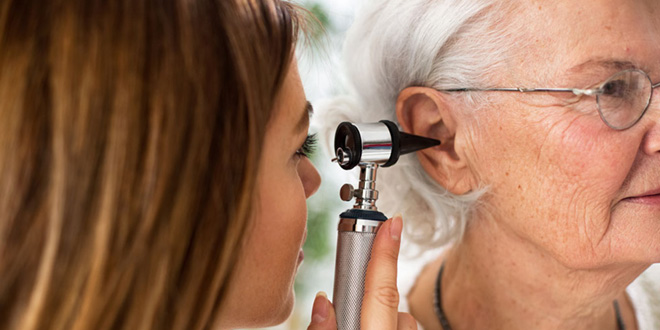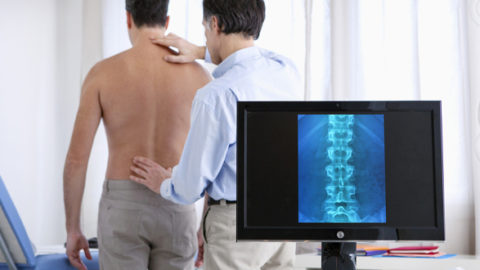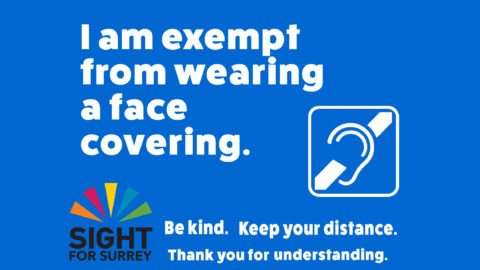Ears in Focus

Ears are our organs for hearing but all too often we can neglect these critical parts of our body when it comes to making sure they are working as they should, by getting our hearing tested. For some, there is a stigma attached to ear testing and the possible fitting of a hearing aid, but there shouldn’t be! You wouldn’t think anything of regular visits to the dentist or optician to maintain your oral and visual health; your audio health should be no different in 2017.
Did you find you needed to ask relatives to speak up over the Christmas and New Year period? Do you find you need to turn up the volume on the TV? If these are scenarios you are familiar with now is the time for you to think about getting your ears and in particular your hearing in focus.
Who can help?
If you are having hearing problems, there are several tests available to determine the cause and treatment you may need to remedy the condition.
The first step is to see your GP who will be able to investigate the extent of the problem – they may refer you to an audiology clinic or a specialist for tests.
The most common tests for hearing loss causes include; a physical examination of the ear, a whispering test, a tuning fork test and an audiometry test.
Physical Examination of the Ear
A preliminary form of testing the ear for hearing-loss done through the outer ear checking for problems such as liquid blocking the ear canal or swelling of the eardrum.
This test can reveal to a medical professional an indication of any liquid inside the inner ear, whether there is a punctured eardrum, or even foreign objects lodged within the ear.
Whispering Test
An assessment by way of someone whispering words behind one of your ears, while your other ear is blocked. You might be asked whether you heard anything and in some cases asked to repeat words.
Conversational speech is generally 60 decibels, a busy road is around 80 decibels, a rock concert is typically 120 decibels, but the intensity at which pain can begin is just 125 decibels and the intensity at which even limited exposure can cause hearing loss is only 140 decibels.[/box]
Tuning Fork Test
Using a metallic apparatus that when tapped vibrates and emits a fixed pitch sound. A tuning fork is held next to the ear to test how well sounds transmitted through vibrations in the air.
Sometimes, the tuning fork is held against the bone at the rear of the ear, called the mastoid, to test hearing when sound vibrations are directed to the inner ear through the bone.
Audiometry Test
For this test, you will be required to wear earphones with sounds played of varying volumes before being asked to either raise your hand or press a button to indicate when you hear a sound.
What to do?
If you’re told by a medical professional you need a hearing aid, there is a much wider range of choice than you may think available both on the NHS and from private suppliers.
If you opt for an NHS hearing aid, today’s versions offered are slimmer, lighter and smaller than ever before and you can find all sorts of funky colours and designs to suit your style.
By going private, there is more choice which can mean you can get an aid better suited to your form of hearing loss and the wait for the fitting of the aid is much shorter.
It’s estimated that there are 4 million people with hearing loss in the UK who could benefit from wearing hearing aids, but don’t, so if you’re advised to wear one, don’t become part of that statistic.
How to protect your hearing?
Hearing is one of our most important senses playing a role in our day to day lives including our safety- as society gets louder, we place our hearing at increased risk.
Whether in a loud club or bar, or if you are merely walking by the side of a busy road, your hearing is being put under strain, and regular exposure will harm your hearing.
By Jacob White





